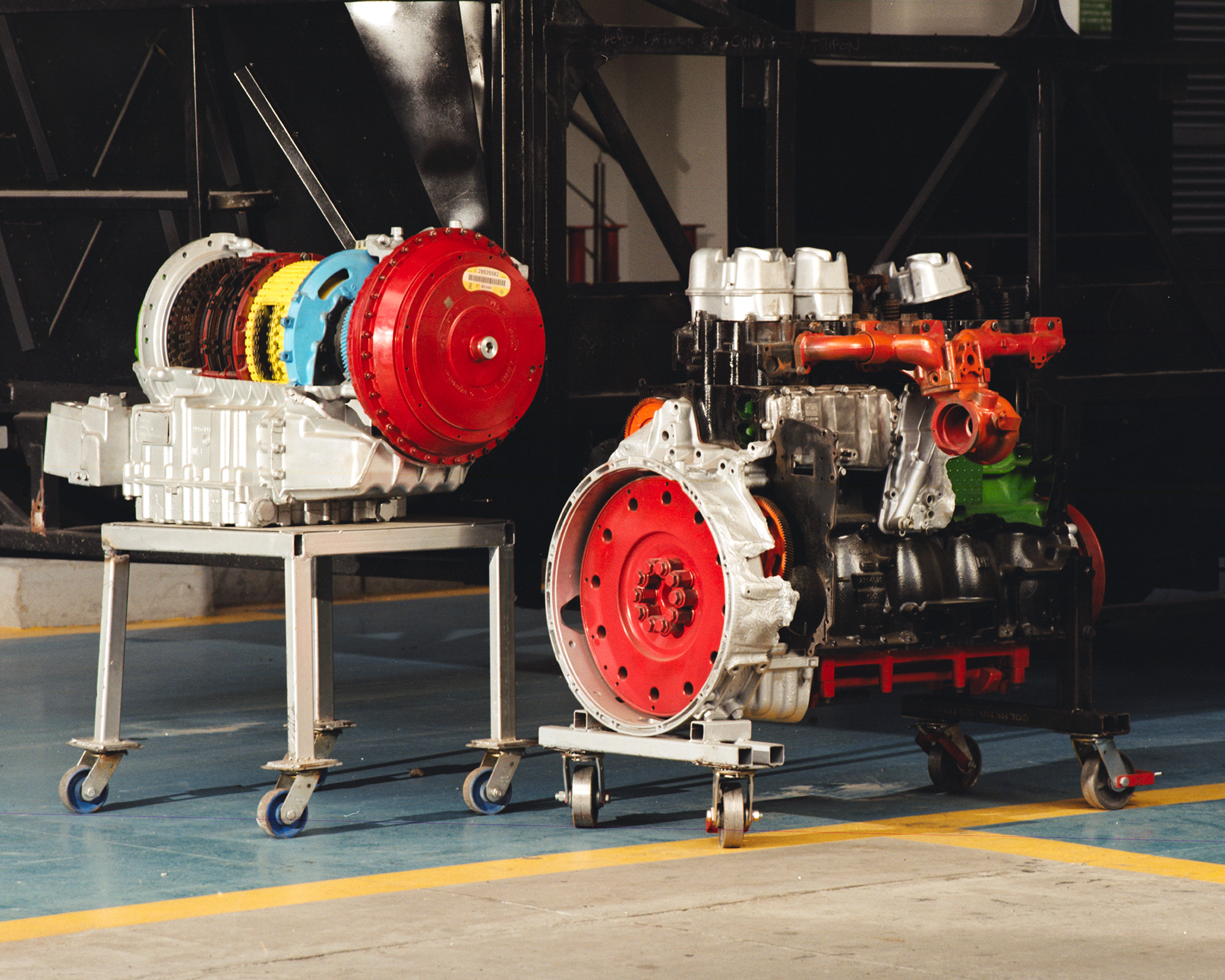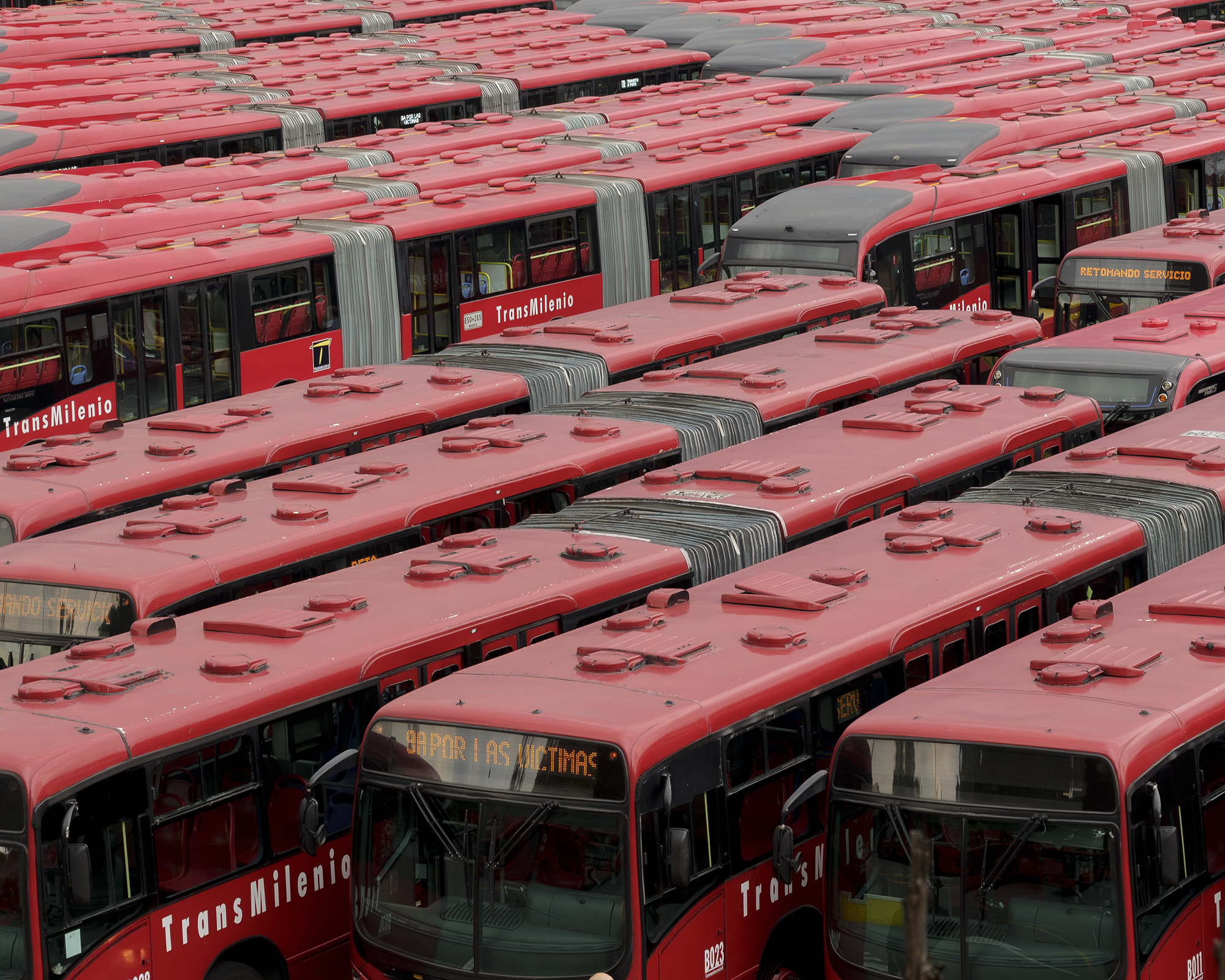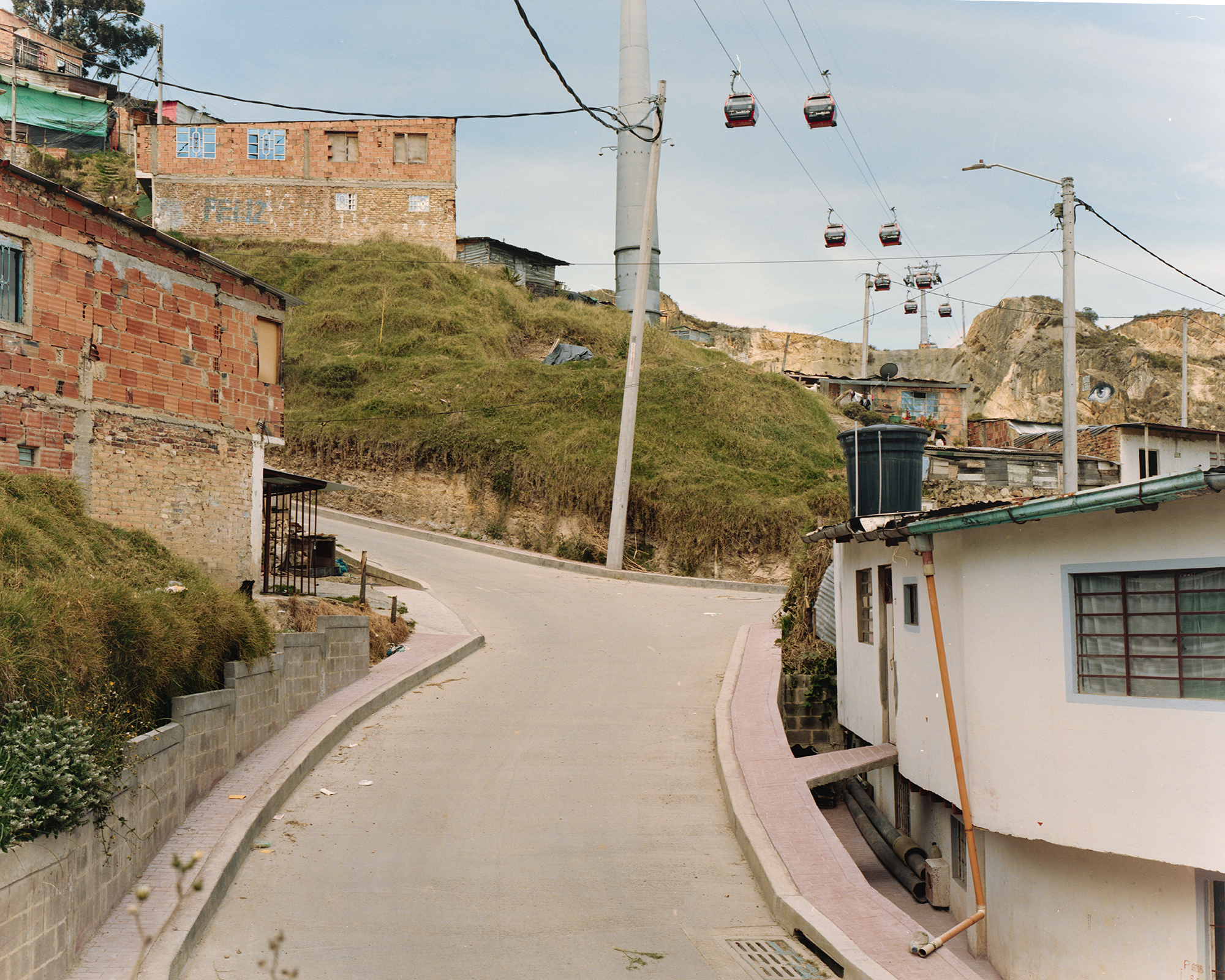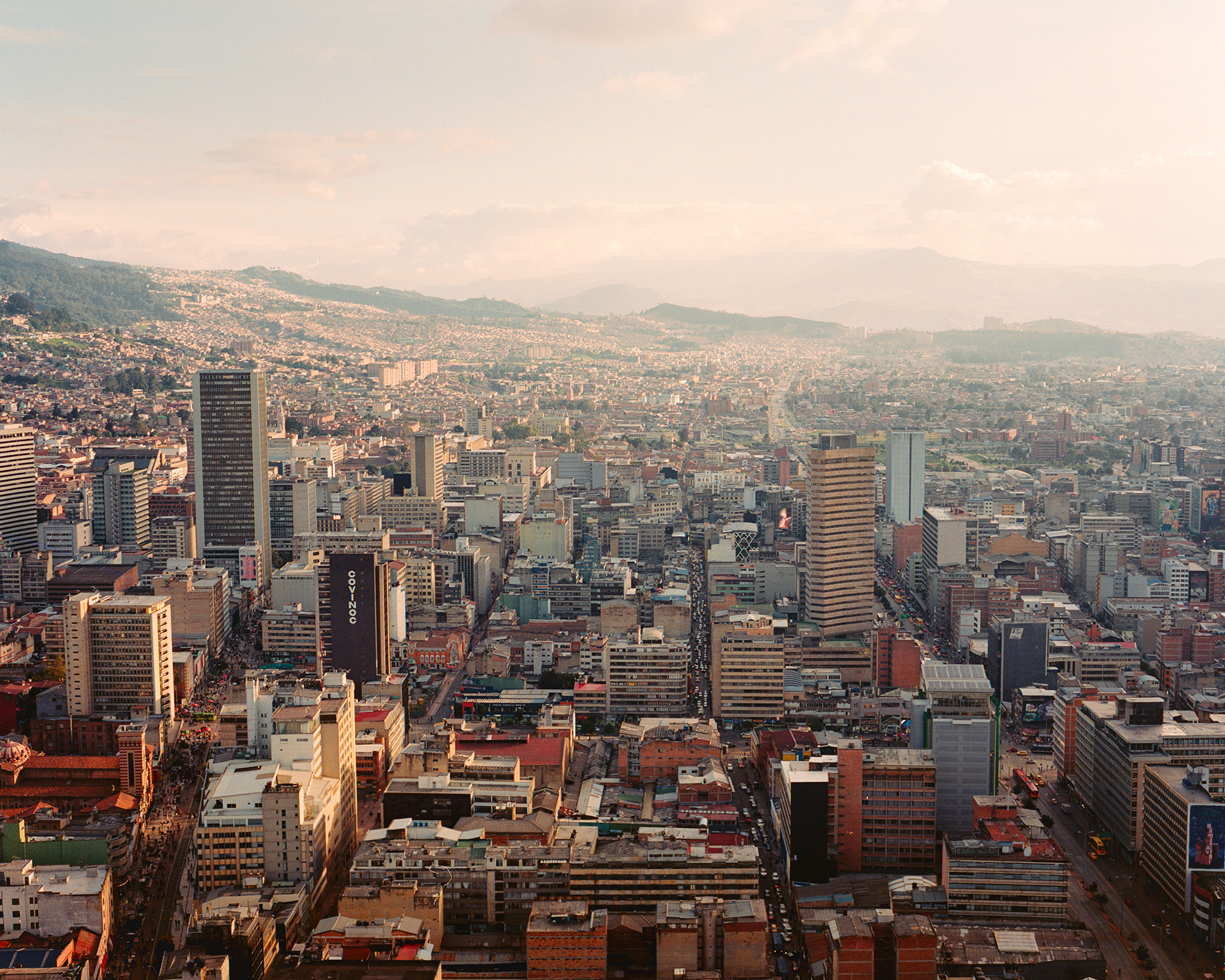The Bogotá Issue for the New York Times.

------------
How One City Tried to Solve Gridlock for Us All
It’s a pileup. Over many decades — especially in developing parts of Asia, Africa and Latin America — millions of people fleeing war, natural disasters and poverty have settled into barrios, favelas and slums on the sprawling fringes of already strained cities. The newcomers, like other residents, need to move around to reach jobs and schools. And city streets and transit systems, not built to anticipate the masses of recent arrivals, have been overwhelmed by an avalanche of cars, trucks and privately operated minibuses.
Gridlock sounds like a relatively minor problem compared with the first-order crises that cities have to address, like lack of housing or clean water, but its ripple effects on employment, sleep, mental health, child care and education, among other issues, are profound.
Take Bogotá, for instance. In the 1940s and ’50s, about 600,000 people lived in Colombia’s capital, a mile and a half up in the Andes. During a moment of optimism, the city invited the famous Swiss architect Le Corbusier to design a master plan that envisioned a sprawling spiderweb of modern highways to replace the city’s trams and regional railroads. With American encouragement and money, Bogotá rid itself of its trains and went all in on cars and a spaghetti entanglement of new roads. Le Corbusier’s reconfiguration imagined comfortably accommodating an anticipated influx of as many as 1.5 million people by the turn of the 21st century.
Michael Kimmelman for the New York Times
------------
How One City Tried to Solve Gridlock for Us All
It’s a pileup. Over many decades — especially in developing parts of Asia, Africa and Latin America — millions of people fleeing war, natural disasters and poverty have settled into barrios, favelas and slums on the sprawling fringes of already strained cities. The newcomers, like other residents, need to move around to reach jobs and schools. And city streets and transit systems, not built to anticipate the masses of recent arrivals, have been overwhelmed by an avalanche of cars, trucks and privately operated minibuses.
Gridlock sounds like a relatively minor problem compared with the first-order crises that cities have to address, like lack of housing or clean water, but its ripple effects on employment, sleep, mental health, child care and education, among other issues, are profound.
Take Bogotá, for instance. In the 1940s and ’50s, about 600,000 people lived in Colombia’s capital, a mile and a half up in the Andes. During a moment of optimism, the city invited the famous Swiss architect Le Corbusier to design a master plan that envisioned a sprawling spiderweb of modern highways to replace the city’s trams and regional railroads. With American encouragement and money, Bogotá rid itself of its trains and went all in on cars and a spaghetti entanglement of new roads. Le Corbusier’s reconfiguration imagined comfortably accommodating an anticipated influx of as many as 1.5 million people by the turn of the 21st century.
Michael Kimmelman for the New York Times
------------








